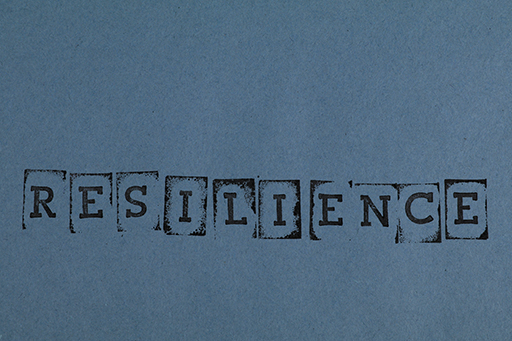4.1 The resilience model
In recent years, the dominant approach to the promotion of young people's mental and emotional wellbeing has been to seek ways of developing resilience and of putting in place the protective factors that might reduce young people's vulnerability to mental health problems. Although the following statement from the Mental Health Foundation refers explicitly to children, the terms used are similar to those used in recommendations about the emotional wellbeing of young people:
Children are less likely to develop mental health problems if they have a sense of belonging in their family, school and community; are resilient and able to solve problems; are interested in life and have opportunities to enjoy themselves, have at least one good parent–child relationship; have a family environment without discord; are part of community and wider support network; take part in local activities for young people; accept who they are and recognise what their strengths are; have good housing and a school offering a safe and disciplined environment.
Simone Fullagar reports that policy responses to the high rates of suicide among young people in rural areas of Australia have focused on identifying risk factors such as previous suicide attempts, mental health problems and social isolation, and on promoting preventive factors such as social connectedness, problem-solving skills, and readily available mental health services (Fullagar, 2005, p. 32).
In some ways resilience has many similarities with the concept of social capital. The statement by the Mental Health Foundation portrays it as consisting of a ‘package’ of different components: personal qualities and skills, social relationships and support networks, and particular kinds of community and institutional environments. Clearly, the concepts of resilience and protective or preventive factors build directly on the holistic model of wellbeing that you analysed earlier, incorporating a similar combination of individual, material and social components. Like that model, the notion of resilience can be seen as a positive move away from conventional, medical models of health promotion that focused on the eradication of illness and on individual pathology.
However, it can be argued that some models of resilience are more ‘social’ than others. While some versions focus on the development of personal skills and strategies, such as emotional literacy or communication skills, others emphasise the importance of relationships and the development of a positive social environment. To some extent, the difference in emphasis depends on the political priorities of the moment. Governments operating within a ‘welfarist’ framework have tended to give priority to initiatives to eradicate child poverty and to improve access to education and employment, while those that are attempting to reduce state welfare spending encourage the development of skills that will enable the individual to thrive in a competitive world.
In keeping with the neo-liberal model of the ‘healthy teenager’ that you analysed in Section 2, recent initiatives to promote young people's mental health have tended to move away from an emphasis on social and material factors, and to focus more on personal skills and qualities. Two areas that have received increasing attention in recent years have been emotional literacy and spirituality. You will look at these in turn next.

